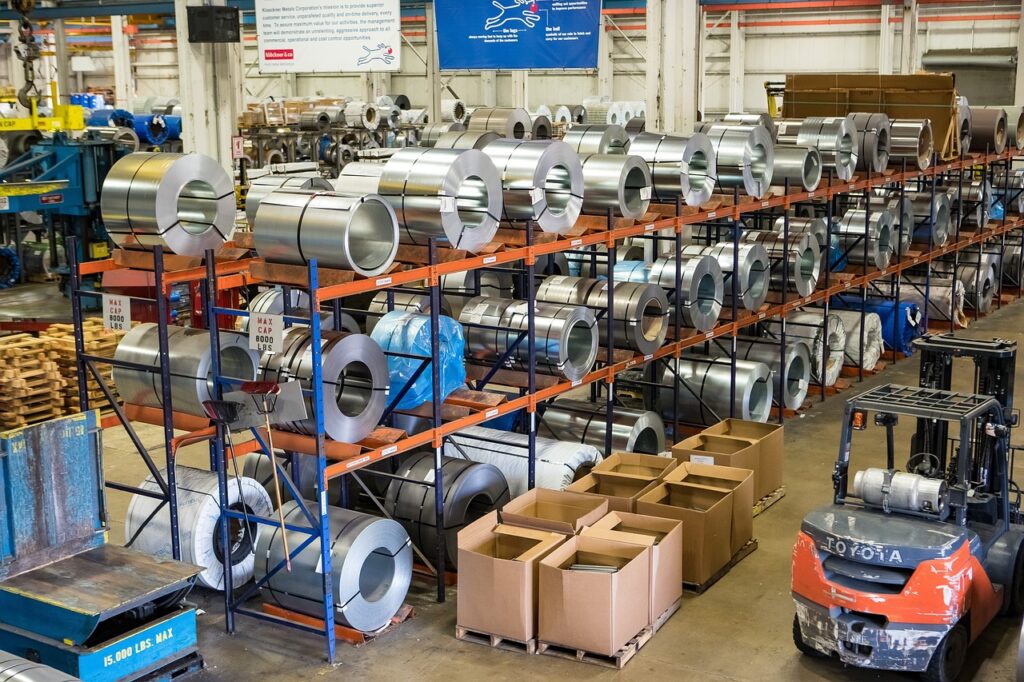Real estate is a versatile and dynamic investment vehicle that offers numerous opportunities for investors to build wealth, generate income, and diversify their portfolios. Unlike other asset classes, real estate provides tangible value and can serve multiple purposes, from generating rental income to preserving capital through asset appreciation. Whether you’re a seasoned investor or just starting, understanding the different types of real estate investments is crucial for selecting the right strategy to meet your financial goals.







1. Residential Real Estate
Residential real estate includes properties intended for personal living and habitation. These are typically the most familiar types of real estate investments and include:
- Single-Family Homes: Detached houses that accommodate one family. These are ideal for new investors due to their simplicity, affordability, and strong demand in most markets. They can be rented out to generate passive income or renovated and sold for a profit.
- Multi-Family Properties: Properties with two or more units, such as duplexes, triplexes, and apartment buildings. Multi-family properties can generate multiple income streams, provide economies of scale, and are often more resilient to market fluctuations due to the diversified rental base.
- Condominiums and Townhouses: Units within a shared building or development. Investors own individual units and may benefit from shared amenities. Condos and townhouses are generally easier to maintain than single-family homes due to shared maintenance costs but come with homeowner association (HOA) fees and rules.
- Vacation Rentals: Short-term rental properties, such as beach houses or cabins, that cater to tourists and vacationers. These properties can generate significant income during peak seasons but may have variable occupancy rates and higher management costs.
2. Commercial Real Estate
Commercial real estate (CRE) refers to properties used for business purposes. This type of investment typically requires more capital and expertise but offers higher income potential and longer lease terms. Key types of commercial real estate include:
- Office Buildings: Properties that house businesses, such as corporate offices, law firms, and tech companies. Office buildings are classified into three grades: Class A (high-end, premium locations), Class B (good quality, slightly older), and Class C (older buildings in less desirable locations). Lease terms for office spaces are generally longer, offering stable income.
- Retail Properties: Properties used for retail businesses, such as shopping centers, strip malls, and standalone stores. Retail properties benefit from tenant businesses that often sign long-term leases. However, they can be affected by changes in consumer behavior, such as the shift to online shopping.
- Industrial Properties: Facilities used for manufacturing, warehousing, distribution, and storage. Industrial properties are typically located near transportation hubs and benefit from long-term leases with established businesses. They are less susceptible to economic cycles and provide stable returns, especially in e-commerce and logistics sectors.
- Mixed-Use Developments: Properties that combine multiple uses, such as residential, commercial, and retail spaces. Mixed-use developments can attract diverse tenants and generate multiple revenue streams, reducing vacancy risks. They are increasingly popular in urban areas due to their convenience and efficiency.
3. Retail Real Estate
Retail real estate includes properties specifically designed for retail businesses and shopping activities. These properties cater to a wide range of businesses, from small local shops to large national chains. Examples include:
- Shopping Malls: Large complexes that house multiple retail stores, often including anchor tenants like department stores. Malls generate rental income from individual retailers and can benefit from shared advertising and foot traffic.
- Strip Malls: Smaller shopping centers that typically have a collection of stores arranged in a row, with parking out front. Strip malls are usually anchored by a major tenant, such as a grocery store or pharmacy, with smaller stores on the side.
- Standalone Stores: Individual retail properties, such as big-box stores (e.g., Walmart, Target) or single-tenant properties (e.g., Starbucks, McDonald’s). These properties often have long-term leases and provide stable income, but they can be highly dependent on the success of a single tenant.
4. Industrial Real Estate
Industrial real estate involves properties used for manufacturing, production, storage, and distribution. The demand for industrial real estate has grown significantly due to the rise of e-commerce, as companies require warehouse and distribution facilities to handle online orders. Key types of industrial properties include:
- Warehouses: Large spaces used for storage and distribution of goods. Warehouses can be used by various industries, including retail, automotive, and pharmaceuticals. They often have long-term tenants and low turnover rates.
- Manufacturing Facilities: Properties used for production and assembly of goods. Manufacturing facilities are often customized to suit the tenant’s specific needs, which can result in longer leases but may limit future use.
- Flex Spaces: Hybrid properties that combine office space with warehouse or manufacturing space. Flex spaces are versatile and can be used by a wide range of businesses, from startups to established companies.
5. Special Purpose Real Estate
Special purpose real estate includes properties designed for a specific, unique use. These properties are often highly specialized and may not be easily converted for other uses. Examples include:
- Hotels and Hospitality: Properties used for short-term lodging, such as hotels, motels, and resorts. Hospitality properties can generate high income through room rentals, events, and services but are also highly susceptible to economic downturns and seasonal fluctuations.
- Healthcare Facilities: Properties used for medical purposes, such as hospitals, clinics, and nursing homes. Healthcare real estate benefits from stable demand due to the growing and aging population but may require specialized management and compliance with regulatory standards.
- Self-Storage Units: Facilities that rent out storage space to individuals and businesses. Self-storage units are relatively low-cost to maintain, provide stable income, and can perform well in both good and bad economic times.
- Recreational Properties: Properties used for recreational purposes, such as golf courses, marinas, and amusement parks. These properties can generate significant revenue but are often capital-intensive and affected by economic cycles and weather conditions.
6. Real Estate Investment Trusts (REITs)
A Real Estate Investment Trust (REIT) is a company that owns, operates, or finances income-producing real estate. REITs allow individual investors to invest in large-scale, income-producing real estate without directly owning or managing the properties. Types of REITs include:
- Equity REITs: Invest in and own properties, such as office buildings, shopping malls, and apartments. They generate revenue from leasing space and collecting rent.
- Mortgage REITs (mREITs): Invest in real estate loans or mortgage-backed securities. They earn income from the interest on these loans.
- Hybrid REITs: Combine characteristics of both equity and mortgage REITs by investing in both properties and real estate loans.
REITs provide liquidity, as they are traded on major stock exchanges, and offer a way to diversify an investment portfolio without the responsibilities of direct property management.
7. Real Estate Crowdfunding
Real estate crowdfunding allows investors to pool their money to invest in real estate projects, typically through online platforms. This method offers access to various property types, from residential developments to commercial properties, with relatively low capital requirements. There are two main types of real estate crowdfunding:
- Equity Crowdfunding: Investors buy shares in a property or development project, earning returns through rental income and property appreciation.
- Debt Crowdfunding: Investors lend money to property developers or owners and earn returns through interest payments.
Crowdfunding offers a way to diversify real estate investments without the need for direct property management. However, it comes with risks, such as platform failure, project delays, or market fluctuations.
8. Raw Land Investments
Investing in raw or undeveloped land involves purchasing land without any existing structures. Raw land investments can be highly speculative but offer the potential for high returns if the land appreciates due to development or rezoning. Types of raw land investments include:
- Residential Development Land: Land zoned for residential development, which can be subdivided and sold to developers or built into residential communities.
- Commercial Development Land: Land zoned for commercial use, such as office buildings, retail centers, or industrial parks.
- Agricultural Land: Farmland used for growing crops or raising livestock. Agricultural land can generate income through leasing to farmers or selling produce.
Raw land investments can be risky due to the lack of immediate cash flow and the potential for regulatory or environmental hurdles. However, they can offer substantial long-term appreciation.
Conclusion
Real estate offers a wide range of investment opportunities, from residential and commercial properties to more specialized investments like REITs and raw land. Each type of real estate investment has its own unique characteristics, benefits, and risks. By understanding these differences, investors can make informed decisions that align with their financial goals, risk tolerance, and investment strategies. Whether you’re seeking stable income, capital appreciation, or portfolio diversification, real estate can provide a valuable addition to any investment portfolio.



